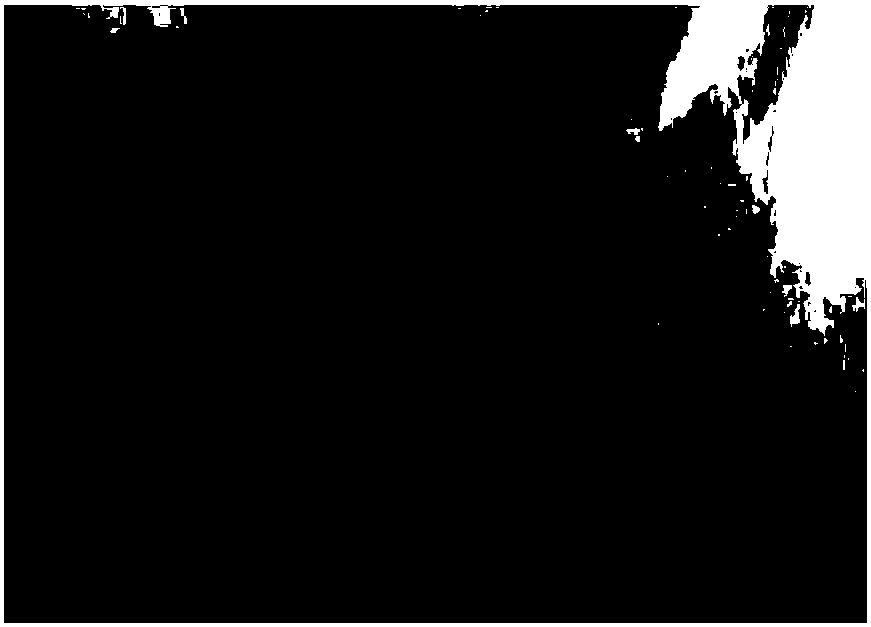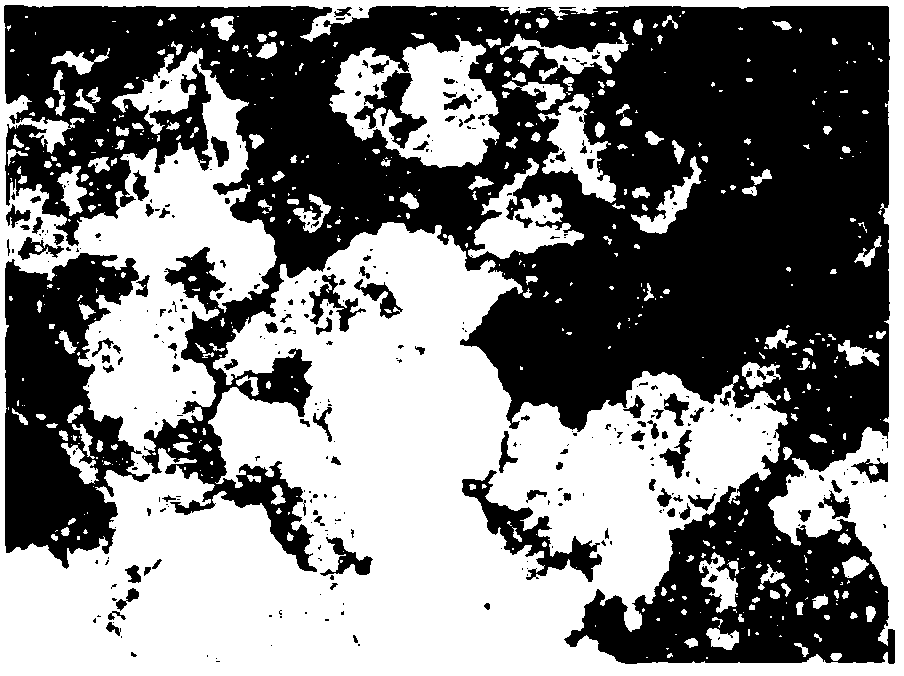Production method of Lonicera japonica flower cells rich in chlorogenic acid substances
A production method, the technology of honeysuckle, which is applied in the biological field, can solve the problems of high price, short flowering period of honeysuckle, and large dosage
- Summary
- Abstract
- Description
- Claims
- Application Information
AI Technical Summary
Problems solved by technology
Method used
Image
Examples
Embodiment 1
[0131] Example 1: Production of honeysuckle cells rich in chlorogenic acids
[0132] The implementation steps of this embodiment are as follows:
[0133] A. Pretreatment
[0134] The buds of honeysuckle were rinsed 4 times with clear water first, then soaked for 20 minutes in Diaopai washing powder solution with a concentration of 1.5% by weight, then rinsed with clear water, and dried;
[0135] B. Disinfection
[0136] The air-dried honeysuckle shoot that step A obtains is carried out disinfection treatment 25s in the alcohol solution of 70% by volume in concentration, then carries out disinfection treatment 10min in the sodium hypochlorite aqueous solution of 4% by weight in concentration;
[0137] The sterilized honeysuckle buds are rinsed with sterile water for 3 times, then placed on sterile filter paper to absorb moisture, and then under aseptic conditions, the honeysuckle buds are cut into cut honeysuckle buds with a size of 0.4cm;
[0138] C. Preparation medium
[...
Embodiment 2
[0154] Example 2: Production of honeysuckle cells rich in chlorogenic acids
[0155] The implementation steps of this embodiment are as follows:
[0156] A. Pretreatment
[0157] The buds of honeysuckle were first rinsed with clear water 5 times, then soaked for 15 minutes in Diaopai washing powder solution with a concentration of 2.5% by weight, then rinsed with clear water, and dried;
[0158] B. Disinfection
[0159] The air-dried honeysuckle bud that step A obtains is carried out disinfection treatment 30s in concentration in 65% alcohol solution by volume, then carries out disinfection treatment 12min in concentration in 5% sodium hypochlorite aqueous solution by weight;
[0160] The sterilized honeysuckle shoots are rinsed 5 times with sterile water, then placed on sterile filter paper to absorb moisture, and then under aseptic conditions, the honeysuckle shoots are cut into cut honeysuckle shoots with a size of 0.5 cm;
[0161] C. Preparation medium
[0162] (i) Callu...
Embodiment 3
[0177] Example 3: Production of honeysuckle cells rich in chlorogenic acids
[0178] The implementation steps of this embodiment are as follows:
[0179] A. Pretreatment
[0180] The honeysuckle buds were first rinsed with clear water for 6 times, then soaked for 18 minutes in Diaopai washing powder solution with a concentration of 2.0% by weight, then rinsed with clear water, and dried;
[0181] B. Disinfection
[0182] The air-dried honeysuckle tender bud that step A obtains is carried out disinfection treatment 28s in the alcohol solution of 75% by volume in concentration, then carries out disinfection treatment 8min in the sodium hypochlorite aqueous solution of 6% by weight in concentration;
[0183] The sterilized honeysuckle buds were rinsed 4 times with sterile water, then placed on sterile filter paper to absorb moisture, and then under aseptic conditions, the honeysuckle buds were cut into cut honeysuckle bud segments with a size of 0.6 cm;
[0184] C. Preparation...
PUM
 Login to View More
Login to View More Abstract
Description
Claims
Application Information
 Login to View More
Login to View More - R&D
- Intellectual Property
- Life Sciences
- Materials
- Tech Scout
- Unparalleled Data Quality
- Higher Quality Content
- 60% Fewer Hallucinations
Browse by: Latest US Patents, China's latest patents, Technical Efficacy Thesaurus, Application Domain, Technology Topic, Popular Technical Reports.
© 2025 PatSnap. All rights reserved.Legal|Privacy policy|Modern Slavery Act Transparency Statement|Sitemap|About US| Contact US: help@patsnap.com



